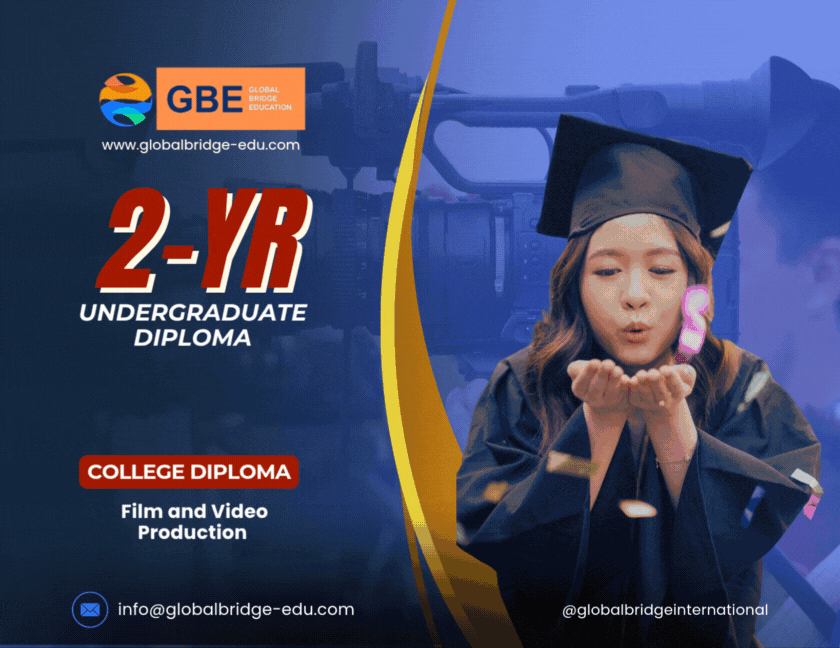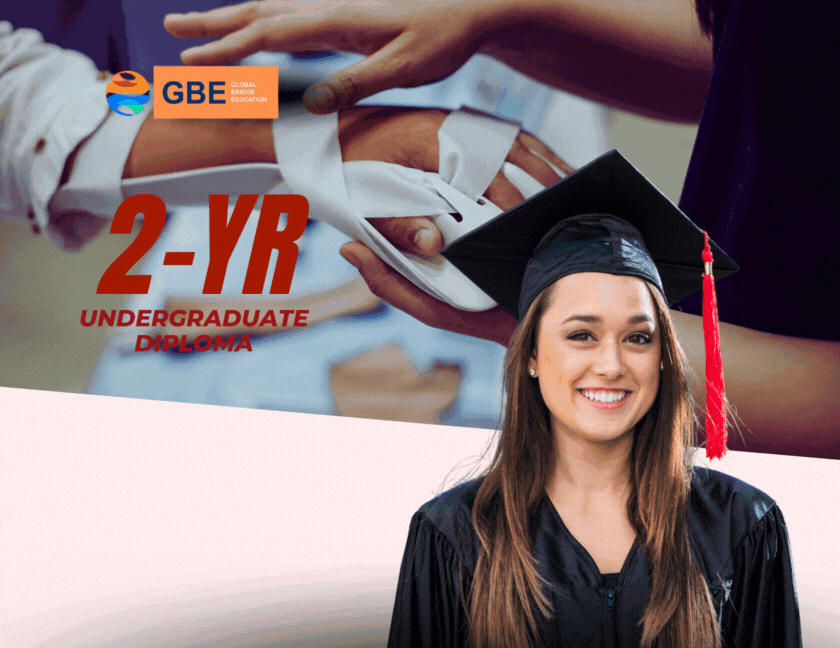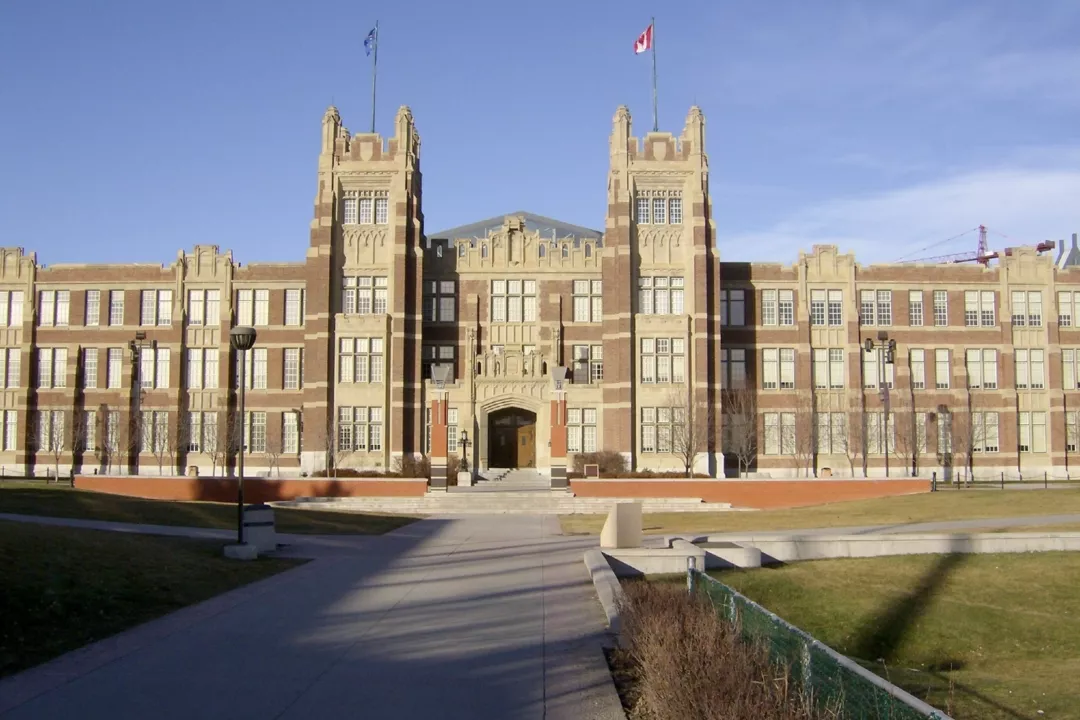

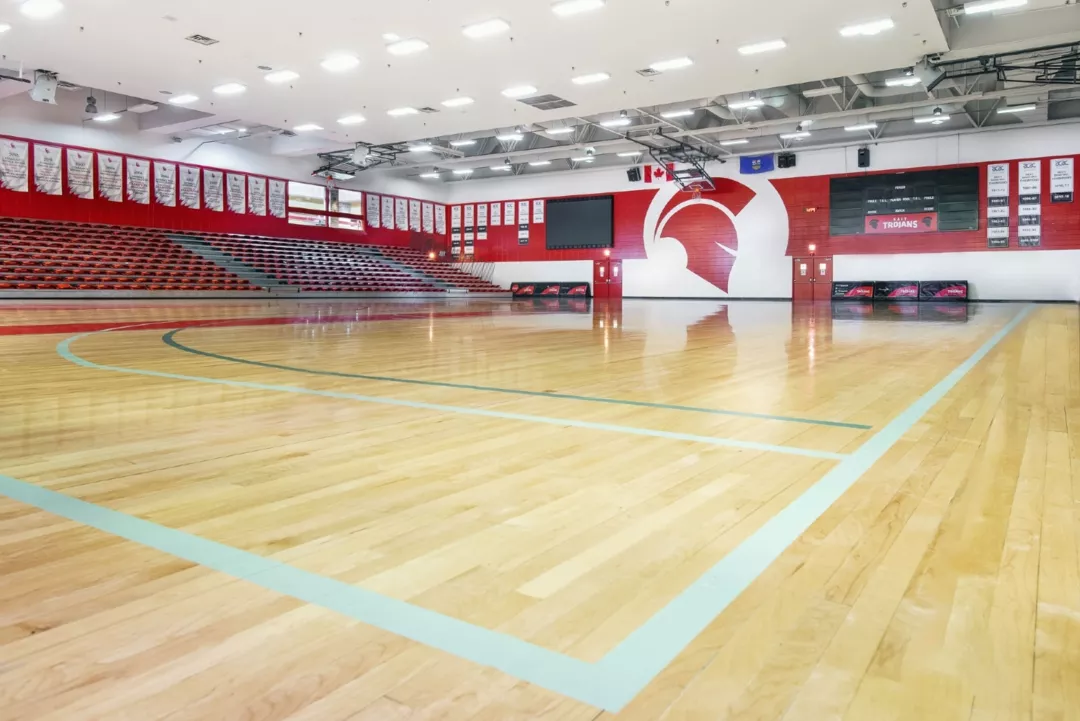
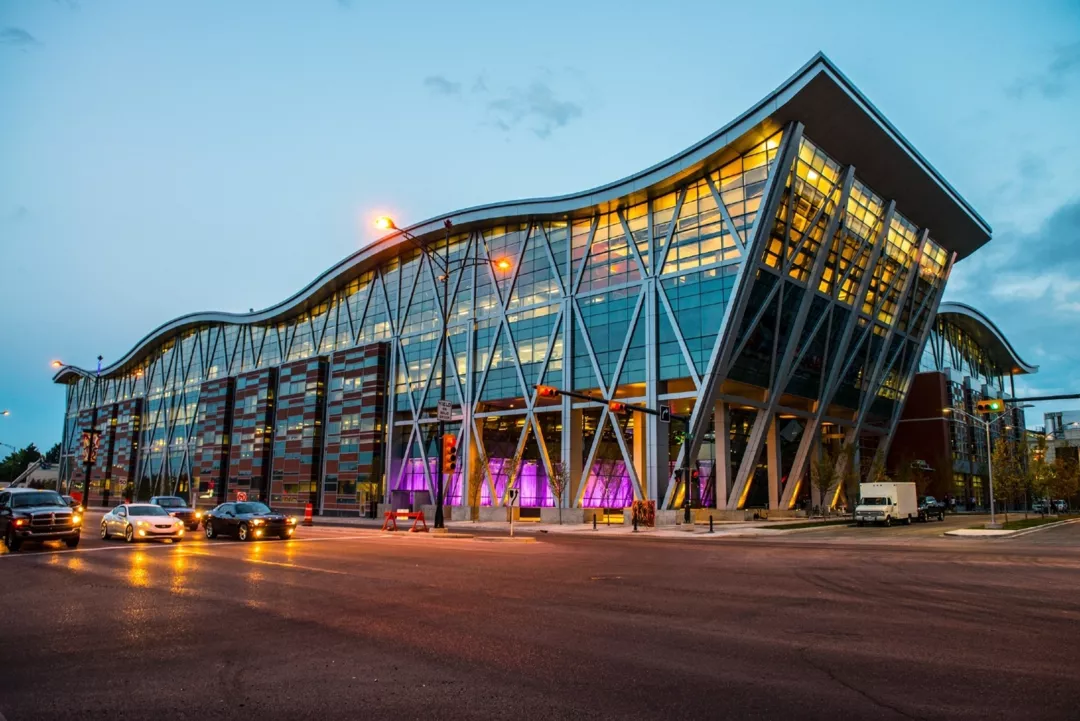
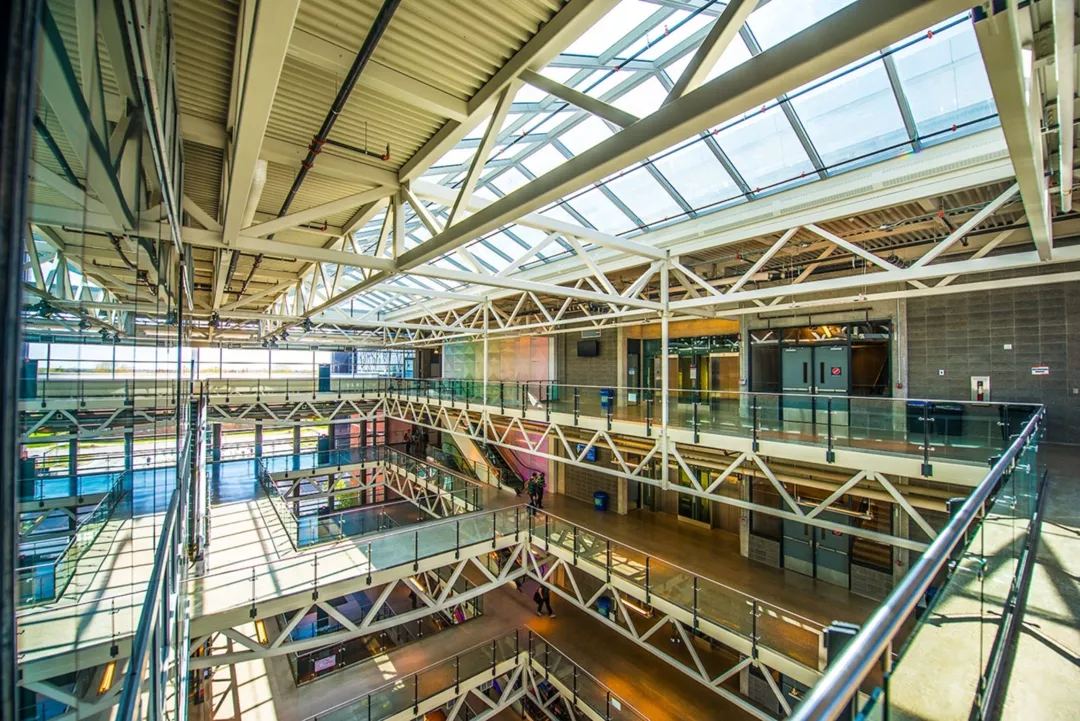

About
Officially known as the Southern Alberta Institute of Technology (SAIT), this post-secondary institution is a community of thinkers, creators and champions leading change and reimagining the workforce of tomorrow.
In 1916, Southern Alberta Institute of Technology doors opened in Calgary, Alberta, Canada with 11 students and a mandate to train veterans returning from the First World War. Over the years, Southern Alberta Institute of Technology matched community needs — as a hospital during the Spanish Flu pandemic and as a Royal Canadian Air Force Wireless Training School during the Second World War. Fast forward to today and Southern Alberta Institute of Technology’s action-based learning, solution-focused research and industry partnerships are helping to shape the next generation of inventors, entrepreneurs and pioneers. They equip students with essential skills for career success in industry.
Southern Alberta Institute of Technology has welcomed international students from more than 140 different countries. They pride themselves on providing a top-quality education, delivered on a beautiful campus complete with all the amenities and support systems students need to be successful.
Why Southern Alberta Institute of Technology
- Campus life: Southern Alberta Institute of Technology supports a happy, healthy and successful student life in all kinds of ways — from clubs to tutoring to athletics and everything in between. Southern Alberta Institute of Technology’s International Centre provides international students with a supportive and inclusive environment from arrival to beyond graduation.
- Location: Southern Alberta Institute of Technology ‘s main urban campus is centrally situated to maximize one’s enjoyment of Calgary and life on campus. Students will have great access to shopping, restaurants and work opportunities. Calgary is a vibrant, modern city located in the southern part of Alberta. With a population of 1.4 million, Calgary is the fourth-largest city in the Canada. Calgary has a multicultural character and is very diverse; close to 150 different languages are spoken in the city. Calgary is well-known for its citizens’ friendliness and hospitality, as well as the natural beauty of its surroundings. Calgary was recently rated the 5th most liveable city in the world by the Economist Intelligence Unit.
- Academic Coaching and Tutoring: Southern Alberta Institute of Technology recognizes the importance of building strong study habits, and offer academic coaching and tutoring for students. Students at Southern Alberta Institute of Technology learn to sharpen their study skills and ease exam anxiety with support from an academic coach. Their academic coaches are pros when it comes to time management, note-taking, exam strategies and lots more.
- Employment: 91% of Southern Alberta Institute of Technology ‘s grads get hired and 97% recommend a Southern Alberta Institute of Technology education.
College Diploma - Journalism
College Diploma - Film and Video Production
This program requires valid language test results
Applicants interested in applying for direct admission, but are yet to complete an acceptable language test, can do so, but must provide valid results before receiving a final offer letter.
This program offers conditional admissions
For conditional admission, instead of submitting language proficiency test scores, applicants may complete English courses prior to the academic program. The length of the English course is determined based on the applicant‘s level of English proficiency.
The program requirements above should only be used as a guide and do not guarantee admission into the program.

